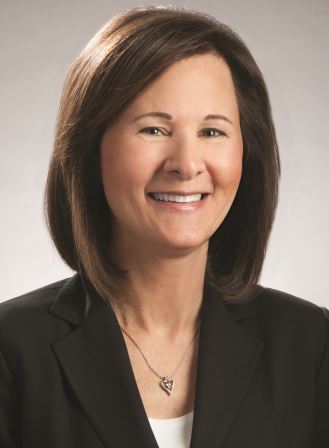Let the SUN Shine—on Sustainable Urban Neighborhoods
By Paula Harris, Principal, Senior Vice President, Golub & Company There’s nothing but blue sky in the future of Sustainable Urban Neighborhoods (SUNs)—live-work-play areas with a strong appeal to upscale renters and companies seeking to employ them. The challenge for institutional investors is to identify and capture the best opportunities for high-yield investment. We’ve all seen…
By Paula Harris, Principal, Senior Vice President, Golub & Company
There’s nothing but blue sky in the future of Sustainable Urban Neighborhoods (SUNs)—live-work-play areas with a strong appeal to upscale renters and companies seeking to employ them. The challenge for institutional investors is to identify and capture the best opportunities for high-yield investment.
We’ve all seen this trend in recent years: companies have stepped up their pursuit of talented college graduates in the science, technology, engineering and math (STEM) fields. Whereas in the past, workers gravitated to cities where the jobs were, today companies are growing in markets where STEM workers choose to live. Cities eager to join the list of hot growth markets are creating the infrastructure and welcoming real estate development and redevelopment that will help attract STEM workers and the companies that follow.
There’s no consensus term for these growth markets, but the SUN acronym describes them well. The idea is to create a unique sense of place, a community that will draw and keep knowledge workers over the long term. Green buildings and neighborhoods are key ingredients, as is car-free access to transportation, but in this context ‘sustainability’ also refers to the long-term viability of these emerging centers of population and job growth.
Golub & Company is at the forefront of this trend, as shown by sustainable work-live-play apartment projects that are close to transit lines, from 1001 S. State Street and Moment in Chicago to Solaire in San Francisco’s Transbay district. Each of these projects—and most of our other residential mixed-use developments under way—entails features of environmental sustainability that enables them to gain LEED certification. More important, these properties possess amenities like fitness centers, rooftop terraces and social gathering spots that suit the lifestyle needs of renters, and are located in up-and-coming neighborhoods near centers of sustained job growth.
Those who question the staying power of the apartment market often suggest that development is outpacing supply, but the numbers tell a different story. The national vacancy rate is at its lowest level since 1986, and in almost every U.S. city, job growth is outpacing housing starts as a percentage of renter households, according to a report from Bentall Kennedy, one of our partners on the Solaire development. Apartment demand grew 2 percent in 2015, while demand for single-family homes declined, and year-over-year rent growth was 5 percent.
The other argument against SUN development is that Millennials will have children and move to suburban areas in a few years. In fact, the demographic bulge of Millennials is still growing, as the youngest members of the cohort are just now graduating from high school. Just as important, Baby Boomers are choosing to retire in SUN apartments in greater numbers that we’ve seen in the past. All the evidence points the same direction—cities will continue to grow toward the SUN.







You must be logged in to post a comment.